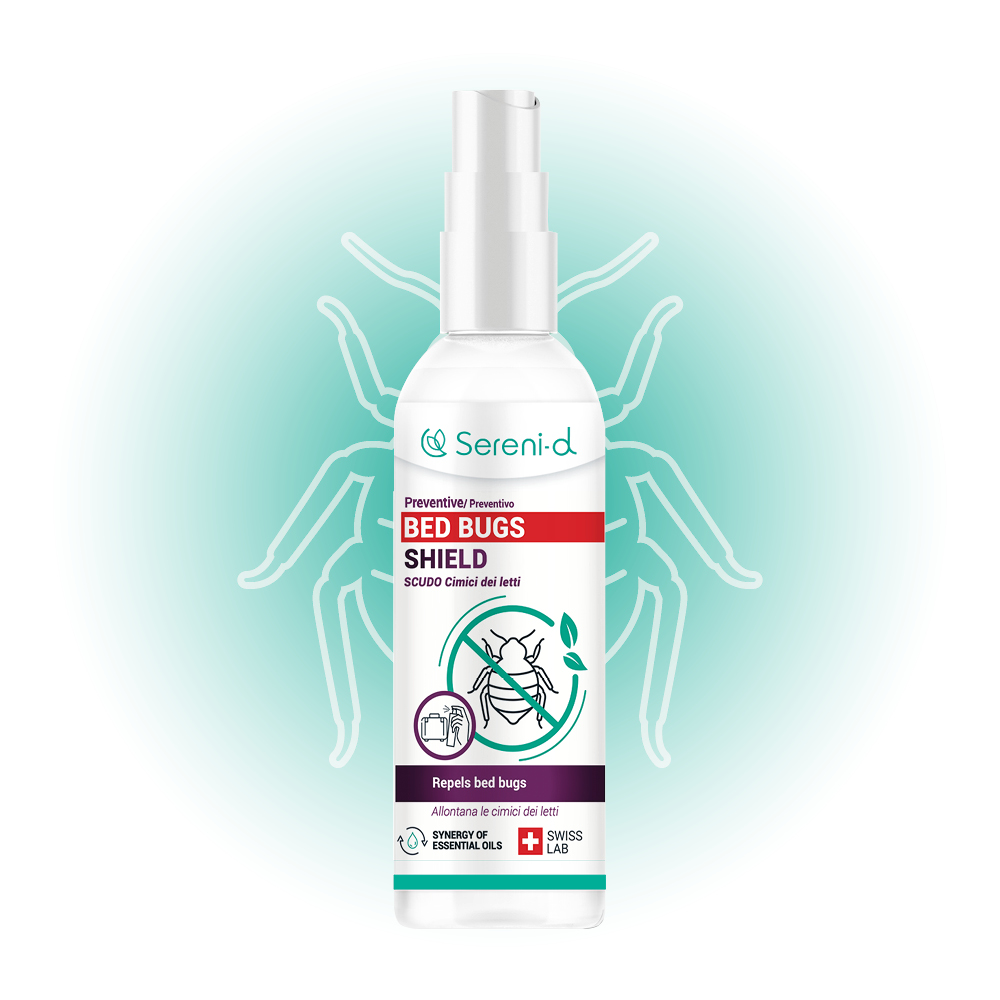After trains, bed bugs are now appearing on board aeroplanes! Turkish Airlines passengers recently reported the presence of these harmful insects on long-haul flights. So, is there a real hygiene problem in air transport? With the explosion of air tourism, the concern is legitimate. What can you do as a traveller? Here are some good practices to avoid bringing these pests back home with you.
Reported infestations on Turkish Airlines flights
‘I was forced to undress at the airport and change my clothes because I have children – what if I brought bed bugs home?” An American passenger told the New York Times this story during a Johannesburg-Istanbul flight (Source).
In 2024, several cases of bed bug infestation were reported on Turkish Airlines flights:
- March 2024: a passenger on the Johannesburg-Istanbul flight photographs a bed bug on her seat, but the cabin crew do not react.
- October 2024: on an Istanbul-San Francisco flight, passengers notice that bedbugs are falling from the ceiling.
- November 2024: a traveller on a Washington-Istanbul flight discovers bedbugs on her blanket and pillow. Result: 13 bites on her body.
Turkish Airlines is not the only target of travellers in recent months. All airlines are affected and numerous cases have already been reported at Air France, SWISS, Lufthansa, British Airways, etc.
These alarming reports raise the question of aircraft maintenance and disinfection. Air traffic is a sector particularly subject to time constraints. Everything is timed to ensure maximum aircraft rotation. Unfortunately, the time and resources allocated to the diagnosis and treatment of bed bug infestations are currently insufficient. Also, the use of specific bed bug products is complicated in the time allotted.
What should airlines do?
Cases of infestation show that strict disinfection protocols must be put in place. A poorly maintained aircraft can quickly become a real nest for bed bugs, jeopardising the peace of mind of passengers.
Treatments against crawling and flying insects are regularly carried out, however they are not always effective, as they are difficult to apply in the hiding places of the aircraft. Other treatments are therefore carried out as soon as reports are made. Everyone has a duty to be vigilant, including passengers, cabin crew, flight deck crew and cargo staff. Turkish Airlines claims to have stepped up its cleaning measures, but passengers remain vigilant.
Why do we find bed bugs in aeroplanes?
The explosion of global tourism
The presence of bed bugs on aeroplanes is primarily linked to the explosion of global tourism, which has increased considerably over the past 30 years.
There are now more than 1.3 billion tourists per year.
Every day, hundreds of people use the same aeroplane, coming from all over the world with their luggage. An aeroplane can thus be contaminated by a single traveller and bed bugs can then move from one seat to another, or even from one flight to another with connections.
Bed bugs don’t fly or jump, but they do travel very well… Here’s how these pests can end up on a plane.
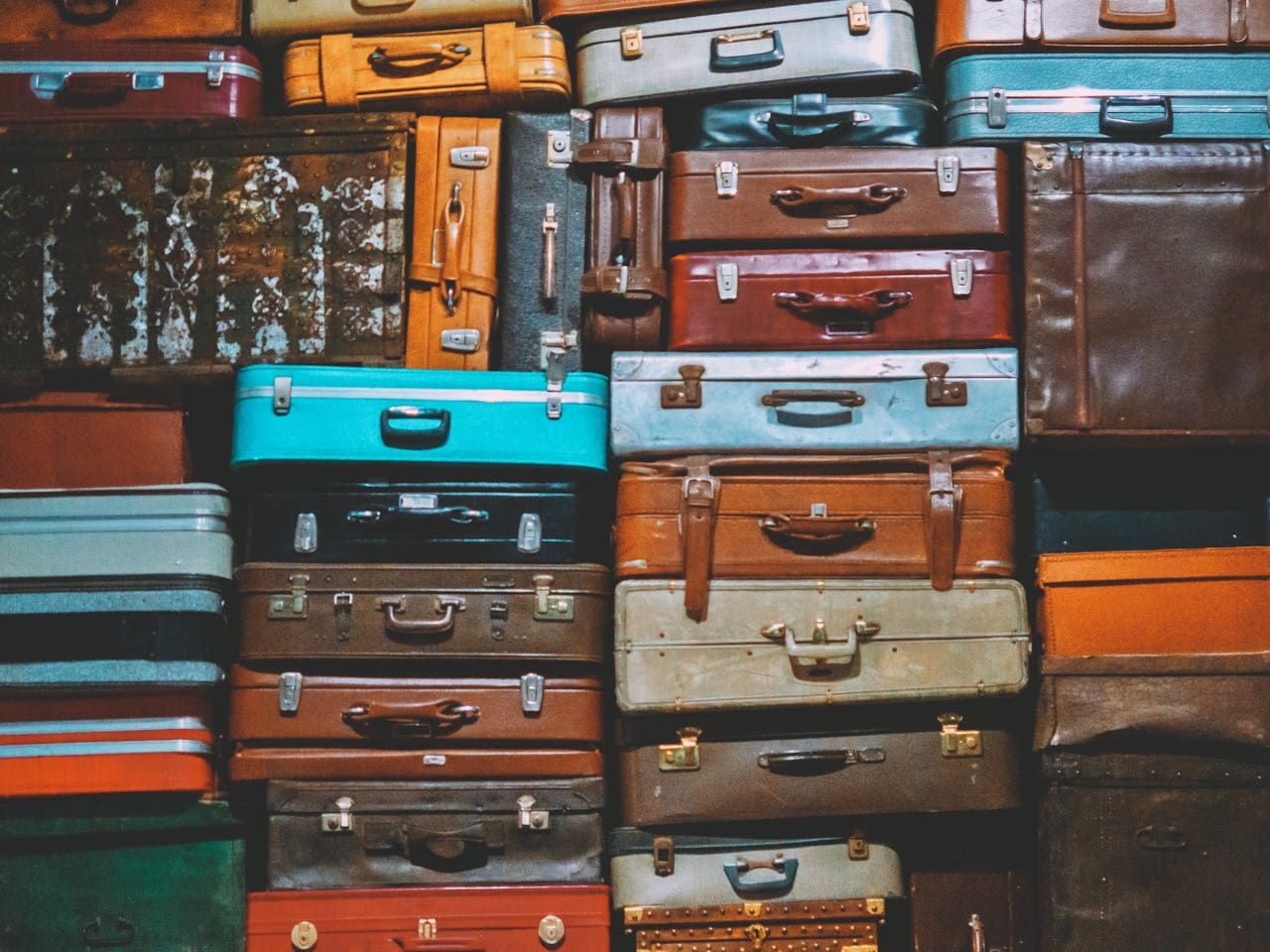
Luggage: the main vector of transmission
Bed bugs easily hide in the seams of suitcases, backpacks and personal belongings. When a passenger unintentionally transports these insects after a stay in a hotel or an Airbnb infested, they can spread in the hold or cabin.
Seats and fabrics in the cabin: ideal hiding places
Aircraft are equipped with fabric-covered seats, carpets and curtains, all of which are nooks and crannies that bedbugs love. They settle in the folds of the seats, the armrests or the gaps, especially on long flights where they can be attracted by the body heat of the passengers.
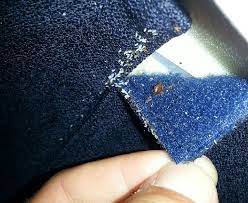
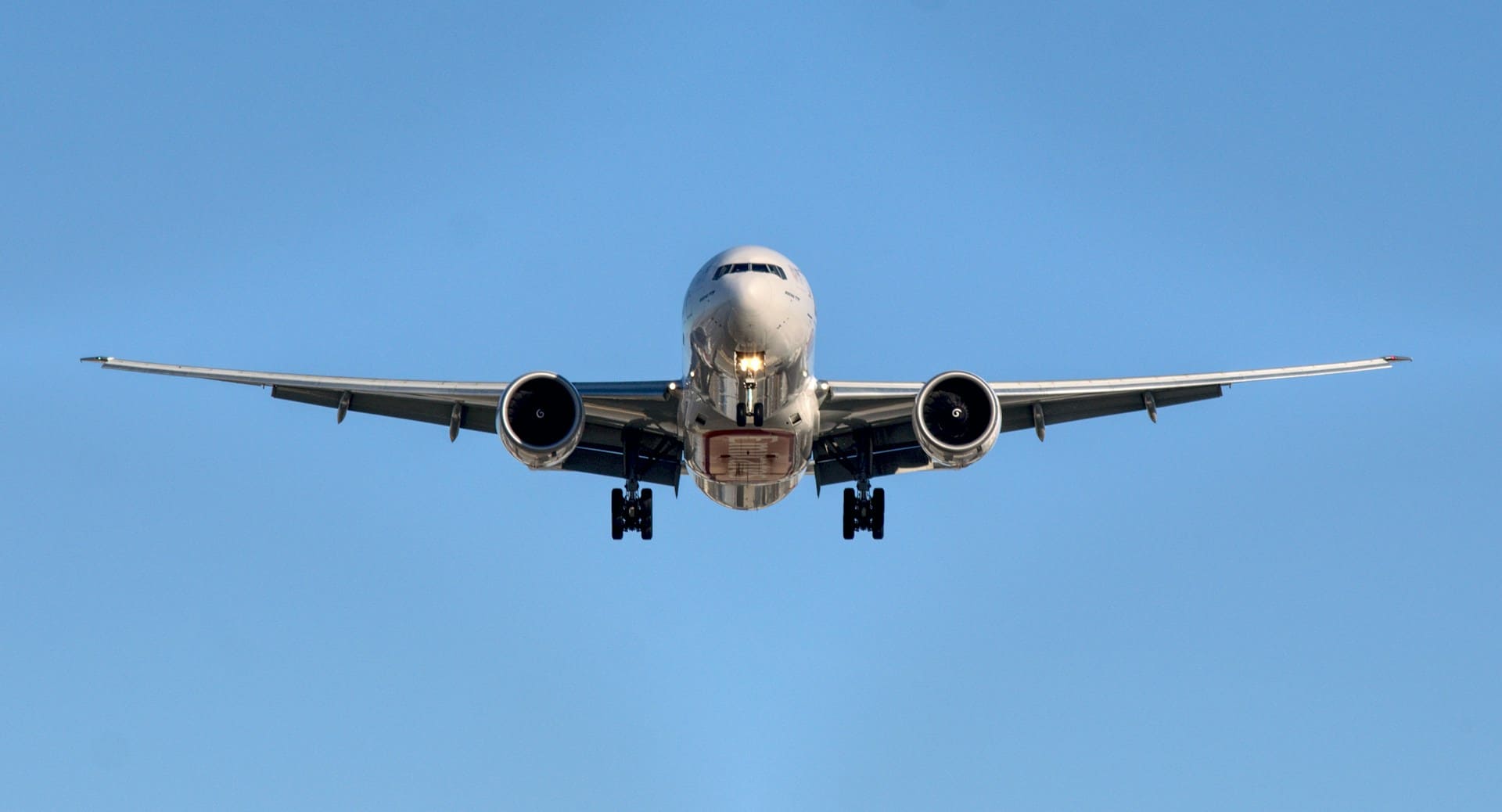
Long-haul flights, higher-risk journeys
Flights lasting several hours create a stable environment that allows bed bugs to remain active. They can thus discreetly bite passengers, especially those who are sleeping, and travel with them to a new country.
The holds and luggage compartments
In aeroplane holds, suitcases are stacked on top of each other. If an infested piece of luggage comes into contact with others, the bed bugs can easily move and colonise new luggage.

What are the risks for travellers?
First of all, it should be noted that bed bugs do not transmit diseases. However, they are feared for many reasons.
Uncomfortable bites and allergic reactions

Bed bugs feed on human blood, they bite the skin, leaving red and itchy rashes.
In some people, these bites can cause an allergic reaction with severe swelling, generalised redness, or even hives.
Risk of bringing bugs home
Your suitcases, clothes and personal belongings may be contaminated, all without you realising.
Once back at home, these pests can indeed settle in your bedding, sofa or carpets and spread rapidly.
A domestic infestation then requires costly and restrictive treatment.
Discomfort during the trip
In addition to the bites, the presence of bed bugs on board your plane causes a certain stress and a fear of bringing them back to your home. It is difficult to travel peacefully under these conditions, especially for long-haul journeys.
How can you protect yourself from bed bugs on the plane?
✔️ Inspect your seat: check the seams and the backrest before sitting down.
✔️ Keep your luggage closed: use bed bug repellents such as a textile spray or a repellent tablet to avoid contamination.
✔️ Report any problems: alert the crew immediately if you spot a bed bug so that a specific treatment can be applied.
Good to know: feel free to take photos as proof. You can then request a refund from the airline or your insurance company.
➡️ Read also: How can I protect myself from bed bugs when travelling?
What should I do if I bring bed bugs back home with me?
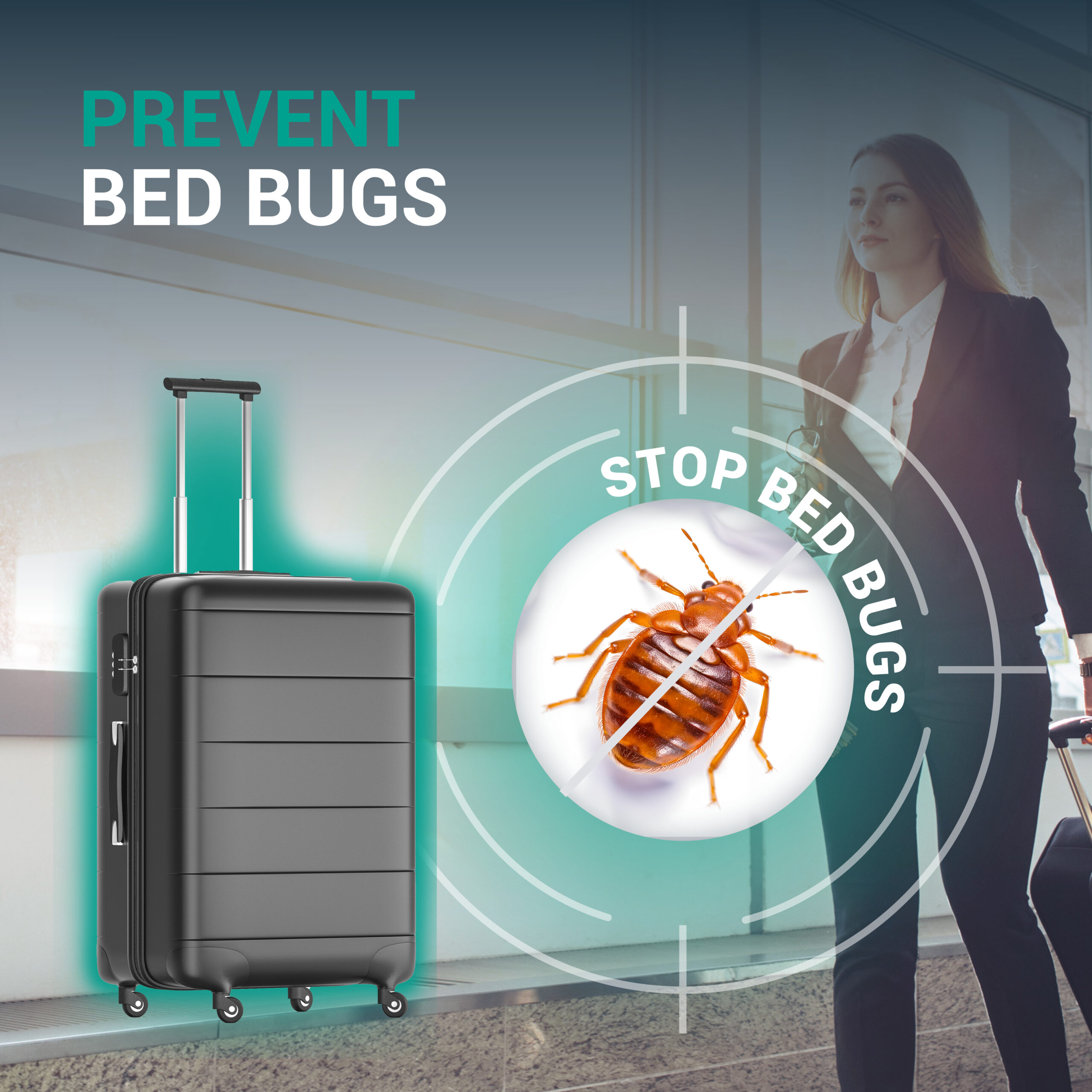
Have you travelled on a plane contaminated with bed bugs? Here’s what to do when you get home.
✔️ Do not unpack your luggage inside: Place it on a hard floor (tiles, garage) or outside, away from your bedding and furniture.
✔️ Wash your clothes immediately at at least 60°C, including any unworn items.
✔️ Treat your suitcase:
- Vacuum: Vacuum the inside and outside of your suitcase, then place it in a sealed plastic bag.
- Freezing: Place your suitcase and belongings in a freezer at -18°C for 48 hours if possible.
- Steam cleaner: Run a high temperature (120°C) steam cleaner over the surface of your suitcase.
➡️ To find out more: The complete protocol against bed bugs.
FAQ
Does the aeroplane kill bed bugs?
No. Bed bugs survive the pressure and dry humidity of the cabin. They can therefore remain hidden in the cabin in seats, luggage or textiles, and move from one passenger to another, from one piece of luggage to another.
Can bed bugs survive in the holds?
Yes. The holds of aeroplanes are not cold enough to kill them. The temperatures in the holds fluctuate between 2 and 25 degrees, but bed bugs die in freezing temperatures when exposed to them for several days. They can therefore hide in suitcases in the hold and move easily from one piece of luggage to another.
Bed bugs on the plane: can I get a refund on my ticket?
It is very rare. Airlines do not generally provide for a refund for this type of problem. However, you can report the incident and request a goodwill gesture.
Protect yourself against bed bugs with Sereni-d
If you are concerned about being exposed to bed bugs while travelling, Sereni-d, a Swiss laboratory specialising in the control of bed bugs, offers natural and effective anti-bed bug solutions for individuals and professionals. Sereni-d treatments are available in pharmacies and have satisfied more than 200,000 customers to date. Genuine preventive solutions and treatments exist to guarantee maximum protection.


